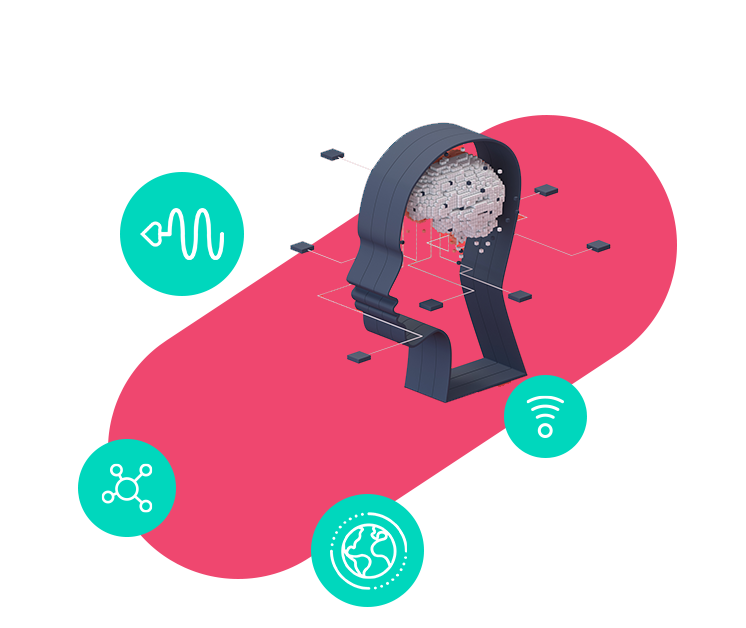Capital markets firms have reached a crucial turning point in their evolution. Regulatory burdens and cost pressures have prompted them to rethink architectures and approaches – and decisions about what models to deploy today will ultimately define their ability to compete tomorrow. As a result, cloud-based models are growing in popularity but a marked difference in adoption rates among participants is a reminder that this is not a level playing field.
Buyside leapfrog?
A recent report from analyst house Celent, commissioned by Colt, highlights how the buy side and sell side are at very different stages in their migration to the cloud. The report predicts that, across the capital markets, spend on cloud services will grow from 8% of infrastructure budgets in 2016 to 29% in 2021. Public cloud will exhibit the fastest growth, rising from 0.5% in 2016 to 7% in 2021.
Traditionally, sell side firms have led the way in terms of investment in technology and the benefits have cascaded down to their clients. In the case of the cloud, there are signs that the sell side started moving non-core systems in a very gradual process. The buy side, however, is embracing the new deployment model more readily than expected and could well leap ahead of the sell side counterparts in terms of acceptance and adoption rates.
This could be because of firms’ inherent DNA. Buy side firms are more accustomed to outsourcing their technology as it means they can focus on their number one priority – searching for alpha in the market. They have always needed to stay lean and work within small technology budgets, so much of their technology stack already comes from service providers or the sell side. Moving to the cloud is not a major leap for them to make. If a hedge fund is used to utilising technology or market data provided from its prime broker, for example, relying on another third party, like a new cloud-based deployment model, is not dissimilar.
Furthermore, looking at small and medium sized firms, their smaller footprints are, in themselves, enablers of the more rapid rate of adoption. Since their historic investment has been less, they have fewer technology burdens and fewer pieces of the puzzle to replace. They have the advantage of not being tied to an extensive legacy infrastructure, which makes it much easier to adopt new technology and implement new models.
That is not to say that all buy sides have a lighter technology focus or are moving their execution to the cloud in the same way. Many high-frequency trading (HFT) firms, for example, have invested heavily in trading technologies. Here, the adoption rate and the use case will prove different to the traditional buy side firm. For HFT, cloud usage is expected for testing rather than the execution process.
Reducing cost, improving agility
There is also growing pressure for buy side firms to transform and reduce costs further, which strengthens the case for cloud models. The opportunities they chase have shorter lifetimes so, to find alpha, they must look further afield, into additional markets and asset classes. They need the agility to explore every opportunity while keeping costs down.
Regulation adds to the mix, with the buy side getting caught up in more and more compliance requirements. Higher collateral costs and additional reporting mean firms must do more with less.
Inevitably, buy side firms are adopting a more flexible cost structure for their technology. They must meet new capacity, including on their network, computation and usage requirements, and are therefore turning to scalable on-demand services. In response, providers are creating business models that allow these firms to set up compute and connectivity faster and pay for it as they use it. Crucially, providers can remove the burdens around deployment and connectivity, hence enabling better, faster and more scalable solutions for trading, testing or regulatory and compliance use.
One size fits no one
It’s clear that different firms will want to outsource different parts of the trade or client lifecycle, so there is no one template cloud-based approach. Functions in the trade life cycle targeted for a move to the cloud include pre-trade services, such as data or risk and analytics, and post-trade services, such as clearing and settlement, to name a few. Similarly, the client lifecycle has numerous components within entity data, client on-boarding, and risk and compliance that lend themselves to a cloud deployment model.
As such, there is a range of evolving models for the delivery of cloud-based solutions to choose from. What all these models have in common is the requirement for better connectivity to support secure cloud deployments. Security and performance concerns limit the usability of the public internet as a connectivity option for capital market participants. Private, dedicated cloud access is better suited for capital market requirements, offering higher bandwidth and better latency as well as superior performance and security.
As participants use more hybrid cloud models and multiple cloud providers, there will be an increased need for managed cloud connectivity models – such as a next generation financial extranet – enabling them to leverage the cloud and access a wide range of managed solutions. Such managed solutions in the cloud could come from an increasing number of providers; existing or new, like FinTechs or RegTechs. Ideally, market participants want to plug into an ecosystem that gives them access to such a growing number of service providers.
Despite these trends, it’s unlikely the move to the cloud will happen overnight. As we enter the next phase of cloud adoption for the buy side, the major expectation will be for an on-demand experience and for a network that enables this experience to span the cloud.
Ultimately, there is a big opportunity for buy side firms. They are already one step ahead and many use cases facilitate their move to a cloud deployment model. These include the emergence of FinTechs and RegTechs, trading-platform-as-a-service, and market-data-as-a-service, combined with software defined networks and a managed ecosystem approach for reaching the multitude of new providers needed. Buy side firms are ideally placed to capitalise on these and the next wave of innovations and stay one step ahead in the search for alpha.
Recent articles
What's your goal today?

1. Connect to the Colt network
Our network directly connects 32,000+ buildings, with millions more through our extensive worldwide partners, powering global businesses with high bandwidth requirements. Find out if you're Colt connected now.

2. Learn more about digital infrastructure
We've worked with experts to build hundreds of guides, whitepapers and blogs across a range of technology & infrastructure topics, as well as videos, webinars & lightning talks. Find out more about them below.

3. Explore our customer success stories
We work with global businesses to deliver world-class connectivity solutions, with a range of available professional & managed services to help you get exactly the right fit for your business. Read more about some of our customers' success stories.

